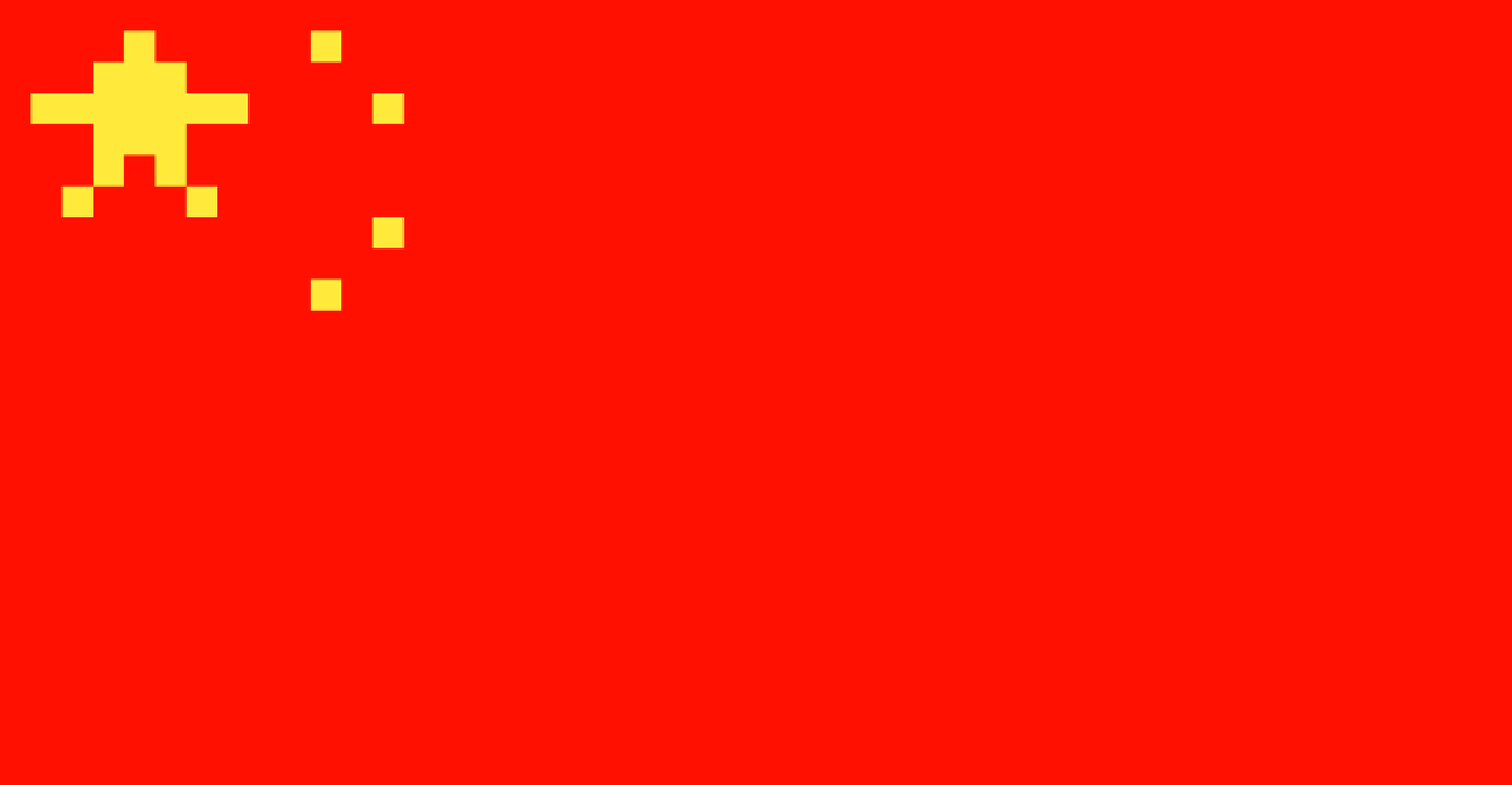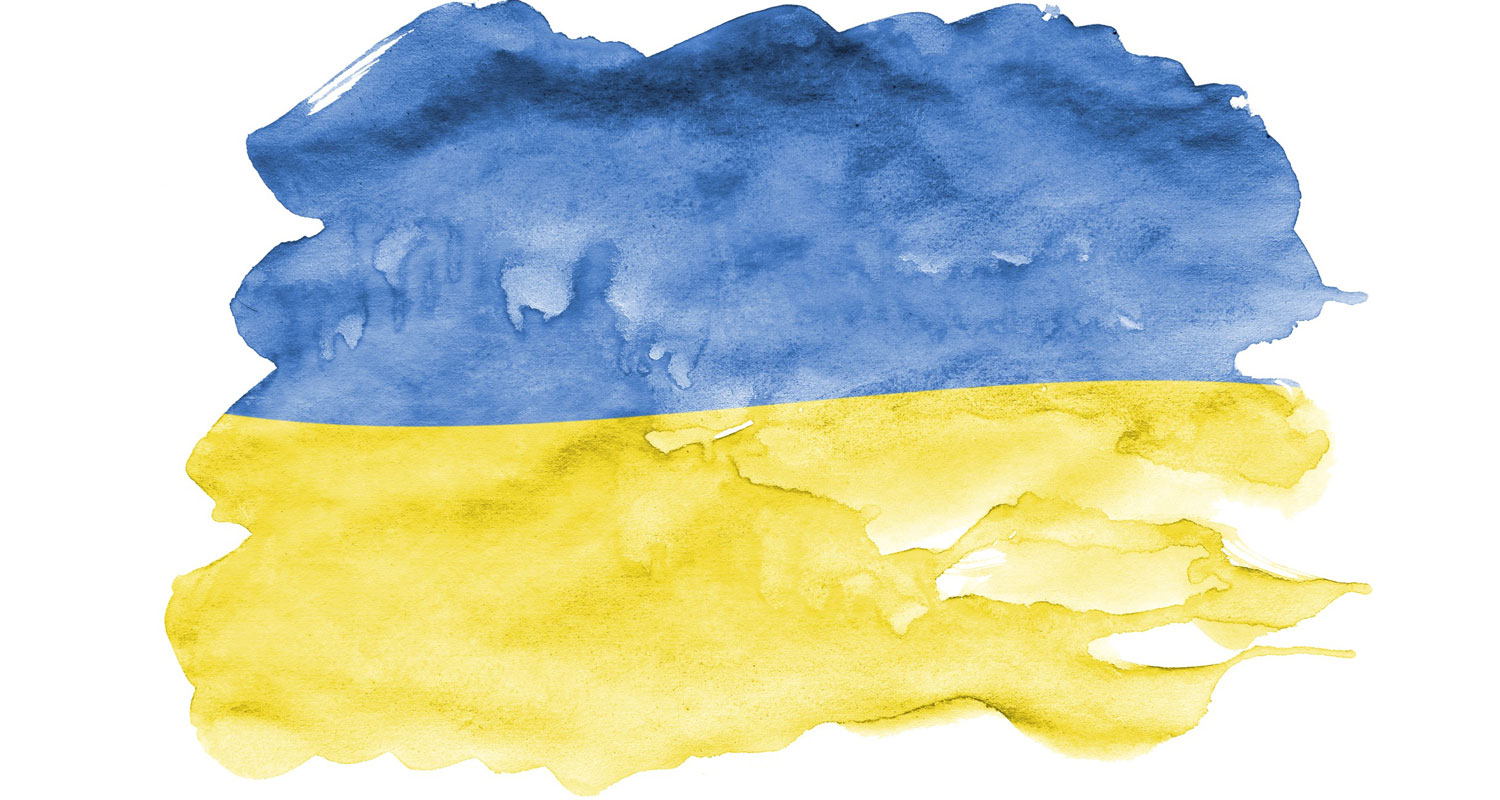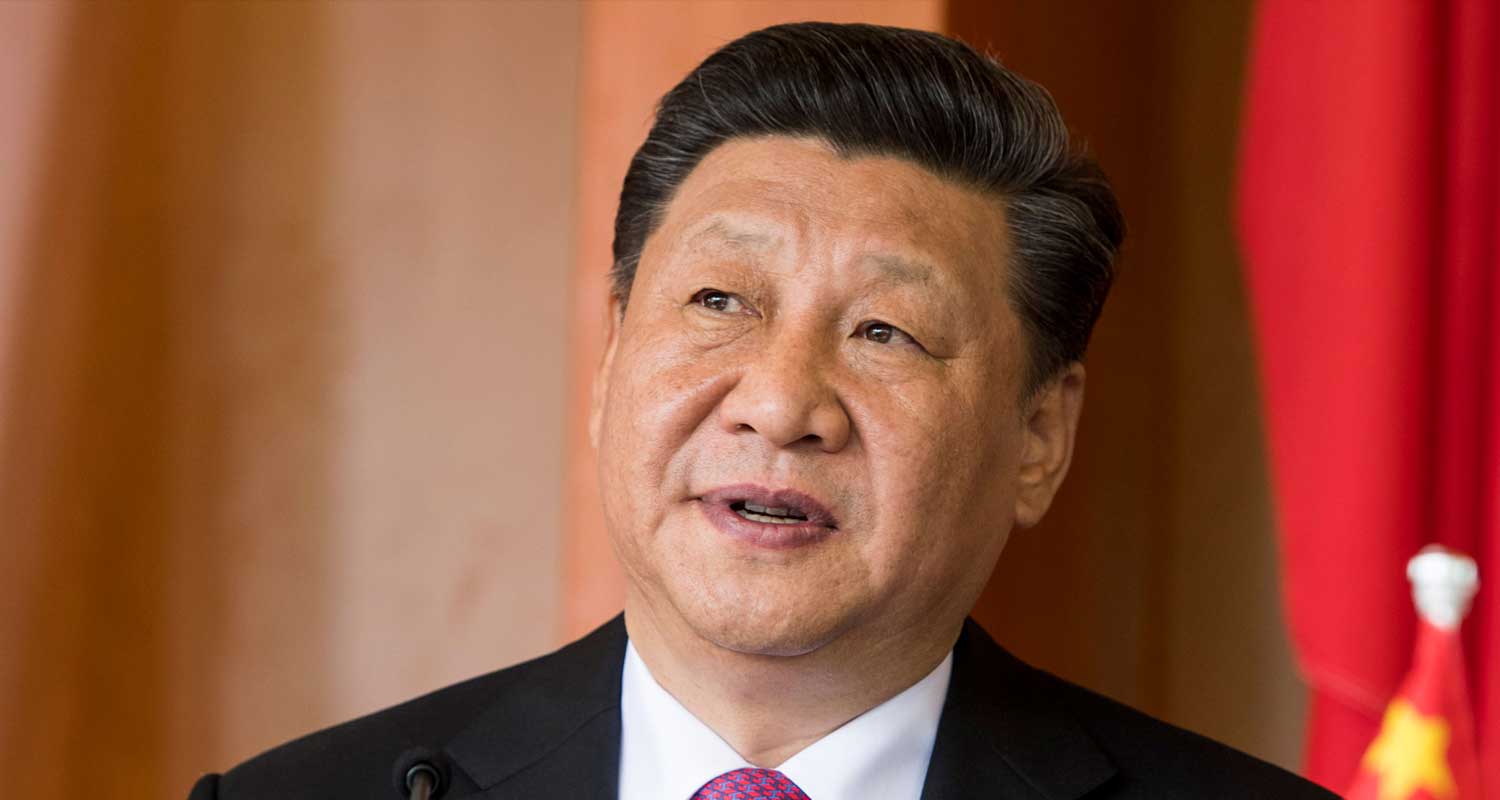 China needs the capability to shoot down low-Earth-orbit Starlink satellites and defend tanks and helicopters against shoulder-fired Javelin missiles, according to Chinese military researchers who are studying Russia’s struggles in Ukraine in planning for possible conflict with US-led forces in Asia.
China needs the capability to shoot down low-Earth-orbit Starlink satellites and defend tanks and helicopters against shoulder-fired Javelin missiles, according to Chinese military researchers who are studying Russia’s struggles in Ukraine in planning for possible conflict with US-led forces in Asia.
A Reuters review of almost 100 articles in more than 20 defence journals reveals an effort across China’s military-industrial complex to scrutinise the impact of US weapons and technology that could be deployed against Chinese forces in a war over Taiwan.
The Chinese-language journals, which also examine Ukrainian sabotage operations, reflect the work of hundreds of researchers across a network of People’s Liberation Army (PLA)-linked universities, state-owned weapons manufacturers and military intelligence think-tanks.
While Chinese officials have avoided any openly critical comments about Moscow’s actions or battlefield performance as they call for peace and dialogue, the publicly available journal articles are more candid in their assessments of Russian shortcomings.
China’s defence ministry did not respond to a request for comment about the researchers’ findings. Reuters could not determine how closely the conclusions reflect the thinking among China’s military leaders.
Two military attaches and another diplomat familiar with China’s defence studies said the Communist Party’s Central Military Commission, headed by President Xi Jinping, ultimately sets and directs research needs, and that it was clear from the volume of material that Ukraine was an opportunity the military leadership wanted to seize. The three people and other diplomats spoke to Reuters on the condition of anonymity because they were not authorised to discuss their work publicly.
‘Unity of action’
A US defence official told Reuters that despite differences with the situation in Taiwan, the Ukraine war offered insights for China.
“A key lesson the world should take away from the rapid international response to Russia’s invasion of Ukraine is that aggression will increasingly be met with unity of action,” said the official, who spoke on the condition of anonymity because of the topic’s sensitivity, without addressing concerns raised in the Chinese research about specific US capabilities.
Half a dozen papers by PLA researchers highlight Chinese concern at the role of Starlink, a satellite network developed by Elon Musk’s US-based space exploration company SpaceX, in securing the communications of Ukraine’s military amid Russian missile attacks on the country’s power grid.
“The excellent performance of Starlink satellites in this Russian-Ukrainian conflict will certainly prompt the US and Western countries to use Starlink extensively” in possible hostilities in Asia, said a September article co-written by researchers at the Army Engineering University of the PLA.
The authors deemed it “urgent” for China — which aims to develop its own similar satellite network – to find ways to shoot down or disable Starlink. SpaceX did not respond to a request for comment.

The conflict has also forged an apparent consensus among Chinese researchers that drone warfare merits greater investment. China has been testing drones in the skies around Taiwan, a self-ruled democracy that Beijing has vowed to bring under its control.
“These unmanned aerial vehicles will serve as the ‘door kicker’ of future wars,” noted one article in a tank warfare journal published by state-owned arms manufacturer Norinco, a supplier to the PLA, that described drones’ ability to neutralise enemy defences.
While some of the journals are operated by provincial research institutes, others are official publications for central government bodies such as the State Administration of Science, Technology and Industry for National Defence, which oversees weapons production and military upgrades.
An article in the administration’s official journal in October noted that China should improve its ability to defend military equipment in view of the “serious damage to Russian tanks, armoured vehicles and warships” inflicted by Stinger and Javelin missiles operated by Ukrainian fighters.
Collin Koh, a security fellow at Singapore’s S Rajaratnam School of International Studies, said the Ukrainian conflict had provided impetus to longstanding efforts by China’s military scientists to develop cyberwarfare models and find ways of better protecting armour from modern Western weapons.
Starlink is really something new for them to worry about; the military application of advanced civilian technology that they can’t easily replicate
“Starlink is really something new for them to worry about; the military application of advanced civilian technology that they can’t easily replicate,” Koh said.
Beyond technology, Koh said he was not surprised that Ukrainian special forces operations inside Russia were being studied by China, which, like Russia, moves troops and weapons by rail, making them vulnerable to sabotage.
Despite its rapid modernisation, the PLA lacks recent combat experience. China’s invasion of Vietnam in 1979 was its last major battle – a conflict that rumbled on until the late 1980s.
Reuters’ review of the Chinese journals comes amid Western concern that China may be planning to supply Russia with lethal aid for its assault on Ukraine, which Beijing denies.
Some of the Chinese articles stress Ukraine’s relevance given the risk of a regional conflict pitting China against the US and its allies, possibly over Taiwan. The US has a policy of “strategic ambiguity” over whether it would intervene militarily to defend the island, but is bound by law to provide Taiwan with the means to defend itself.
Unsettled
US Central Intelligence Agency director William Burns has said that Xi has ordered his military to be ready to invade Taiwan by 2027, while noting that the Chinese leader was probably unsettled by Russia’s experience in Ukraine.
One article, published in October by two researchers at the PLA’s National Defence University, analysed the effect of US deliveries of high-mobility artillery rocket systems (Himars) to Ukraine, and whether China’s military should be concerned.
“If Himars dares to intervene in Taiwan in the future, what was once known as an ‘explosion-causing tool’ will suffer another fate in front of different opponents,” it concluded.
The article highlighted China’s own advanced rocket system, supported by reconnaissance drones, and noted that Ukraine’s success with Himars had relied on US sharing of target information and intelligence via Starlink.
Four diplomats, including the two military attaches, said PLA analysts have long worried about superior US military might, but Ukraine has sharpened their focus by providing a window on a large power’s failure to overwhelm a smaller one backed by the West.

While that scenario has obvious Taiwan comparisons, there are differences, particularly given the island’s vulnerability to a Chinese blockade that could force any intervening militaries into a confrontation.
Western countries, by contrast, are able to supply Ukraine by land via its European neighbours.
References to Taiwan are relatively few in the journals reviewed by Reuters, but diplomats and foreign scholars tracking the research say that Chinese defence analysts are tasked to provide separate internal reports for senior political and military leaders. Reuters was unable to access those internal reports.
Taiwanese defence minister Chiu Kuo-cheng said in February that China’s military is learning from Russia’s invasion of Ukraine that any attack on Taiwan would have to be swift to succeed. Taiwan is also studying the conflict to update its own battle strategies.
Several articles analyse the strengths of the Ukrainian resistance, including special forces’ sabotage operations inside Russia, the use of the Telegram app to harness civilian intelligence, and the defence of the Azovstal steel plant in Mariupol.
Russian successes are also noted, such as tactical strikes using the Iskander ballistic missile.
The journal Tactical Missile Technology, published by state-owned weapons manufacturer China Aerospace Science and Industry Corporation, produced a detailed analysis of the Iskander, but only released a truncated version to the public.
Many other articles focus on the mistakes of Russia’s invading army, with one in the tank warfare journal identifying outdated tactics and a lack of unified command, while another in an electronic warfare journal said Russian communications interference was insufficient to counter Nato’s provision of intelligence to the Ukrainians, leading to costly ambushes.
A piece published this year by researchers at the Engineering University of the People’s Armed Police assessed the insights China could glean from the blowing-up of the Kerch Bridge in Russian-occupied Crimea. The full analysis has not been released publicly, however.
Read: Why Starlink could be a game changer in Africa
Beyond the battlefield, the work has covered the information war, which the researchers conclude was won by Ukraine and its allies.
One February article by researchers at the PLA Information Engineering University calls on China to preemptively prepare for a global public opinion backlash similar to that experienced by Russia.
China should “promote the construction of cognitive confrontation platforms” and tighten control of social media to prevent Western information campaigns from influencing its people during a conflict, it said. — Eduardo Baptista and Greg Torode, with Idrees Ali and Phil Stewart, (c) 2023 Reuters

